If you click on a link and make a purchase we may receive a small commission. Read our editorial policy.
Flashpoint Beyond: How Batman took the ultimate risk
As Flashpoint Beyond comes to an end, the miniseries gives Batman a cosmic memento that could significantly alter the course of multiple DC Universes

Across six issues, the DC Comics miniseries Flashpoint Beyond has not only revived the alternate universe from the 2011 crossover event Flashpoint but also tied it to ongoing events around the DC Universe. Written by Geoff Johns, Tim Sheridan, and Jeremy Adams and illustrated by Xermanico, Mikel Janin, and Gary Frank, the miniseries provided the Flashpoint Universe’s Batman with a grisly murder mystery while weaving in changes to the greater DC Multiverse. By the time the dust settled and the villains stood revealed, the truth behind the restoration of the Flashpoint Universe was exposed, with the Batman of the prime DC Universe taking a major gamble by bringing back this reality.
Flashpoint Beyond #6 revealed that Batman was the one responsible for recreating the Flashpoint Universe, but that he did so by teaming up with characters from the Watchmen Universe, Mime and Marionette, introduced by Johns and Frank in their 2018 maxi-series Doomsday Clock. However, in reviving this universe, Batman tampered with the very fabric of Hypertime, a branching set of divergent timelines that feed into the DC Omniverse.
Here’s how Batman was able to resurrect the Flashpoint Universe, the current state of this alternate reality, and what its return could entail for the DC Multiverse moving forward.
Batman’s Grand Experiment

After encountering the criminal couple Mime and Marionette during Doomsday Clock, Batman decides to enlist their help in stealing experimental temporal technology from the lab of time-traveling superhero Rip Hunter. With Mime and Marionette’s unique experience regarding time and space, the Dark Knight has them help him use the tech, along with a pocket watch and snow globe imbued with Doctor Manhattan’s omnipotent chronal energy, to recreate the Flashpoint Universe and house the entire alternate reality within the snow globe. The two chronally charged objects drew the universe from Hypertime and stabilized it, though Rip fears the procedure is incredibly volatile and could alter the fabric of space-time.
Batman’s motivation for recreating and preserving the Flashpoint Universe as a living relic is relatively simple – he wants to restore a reality in which his father Thomas Wayne has survived. Bruce is driven by a letter that his father wrote in the original Flashpoint storyline, imploring him to live a happy life in memory of his parents. Though Rip is convinced that Batman’s refusal to let go of his father’s memory will endanger the entire DCU, he is shocked when he is proven wrong as the snow globe and its chronal energy successfully contains the living temporal paradox as Batman stores it within the Batcave.
The Fate of the Flashpoint Universe
Concerned about the well-being of the space-time continuum, Rip initially demands Batman relinquish the snow globe to him so he can reintegrate it into Hypertime where it will live out its existence as chronicled in the original Flashpoint crossover event. This grim fate saw the world destroyed in the midst of a war between Atlantis and Themyscira, while Thomas himself was killed by the Reverse-Flash. After seeing the paradox stabilize itself in the snow globe, Rip begrudgingly allows Batman to keep it within the safety of the Batcave, adding it will be safer there than the Time Masters headquarters where it was stolen from in the first place.
As for the Flashpoint Universe itself, Batman is able to imprison his wife Martha – this world’s version of the Joker – after she confesses to being the Clockwork Killer and executing Two-Face. As the world braces itself for an incoming invasion of Kryptonians, with Superman rallying the heroes to make their stand, Batman adopts Two-Face’s son as his new Robin while Martha watches on proudly from her cell. Though not the idyllic happy ending, the Flashpint Universe is spared total annihilation and lives on, all within the snow globe where Batman has housed his father’s world.
Storm in a Teacup

Of course, Batman isn’t the only major DC superhero to have an entire civilization housed in a glass container in his headquarters. Superman has safeguarded the miniaturized Kryptonian city of Kandor since 1958’s Action Comics #242 by Otto Binder and Al Plastino, with the city shrunk down and imprisoned within a glass bottle shortly before Krypton’s destruction. After defeating Brainiac and recovering the city, Superman stored Kandor within the Fortress of Solitude and visited it on a semi-regular basis. These trips allowed Kal-El to experience the Kryptonian culture he never knew, albeit without his powers while in Kandor, due to the city replicating Krypton’s normal planetary conditions.
During the Action Comics storyline 'Brainiac' by Geoff Johns and Gary Frank, Kandor was reintroduced in the post-Infinite Crisis DCU continuity, with Superman rescuing the miniature city from Brainiac’s ship and restoring it to full size. This decision ultimately proved to be a tragic one, with tension between Earth and Kandor – redubbed New Krypton – culminating in a bitter war between humanity and the Kryptonians. By the end of the conflict, heavy losses were inflicted on both sides and Kandor was destroyed in an explosive scheme devised by Lex Luthor.
The Impact of Flashpoint Beyond

With Flashpoint Beyond, Batman exceeds the Man of Tomorrow by preserving an entire divergent timeline within the Batcave, one that Rip Hunter speculates could cause a cataclysmic event affecting the space-time continuum if it ever became unstable. Though the Flashpoint Universe appears to be safe for now, there is always the risk that an attack on Batman’s secret lair could cause an untold disaster should the stored universe’s stability ever be compromised. However, Batman has saved an iteration of his father from cosmic annihilation, content on letting him live within his own pocket universe while potentially opening the door for the Dark Knight to visit this world not unlike Superman’s visits to Kandor.
Flashpoint Beyond was not just a story that restored and continued the Flashpoint Universe from when readers last saw it, but it also saw surprising consequences unfold for the main DCU. The concept of Hypertime, introduced by Grant Morrison and Mark Waid as a possible substitute for the multiverse, has been restored into the modern continuity. Rip’s role in the story presages Johns and Janin’s upcoming Justice Society of America series, with the time-traveling hero implying the JSA is due for a war against their old enemy Degaton. And the connections between the DCU and the Watchmen Universe remain as clear as ever, with the creative team behind Flashpoint Beyond using the miniseries as a springboard for major developments coming soon across the line.
Flashpoint Beyond is written by Geoff Johns, Tim Sheridan, and Jeremy Adams, illustrated by Xermanico, Mikel Janin, Eduardo Risso and Gary Frank, colored by Romulo Fajardo, Jr., Jordie Bellaire, and Brad Anderson, and lettered by Rob Leigh. The entire miniseries is available individually, with the full collection slated to go on sale Dec. 13 from DC Comics.
Follow Popverse for upcoming event coverage and news
Find out how we conduct our review by reading our review policy
Let Popverse be your tour guide through the wilderness of pop culture
Sign in and let us help you find your new favorite thing.


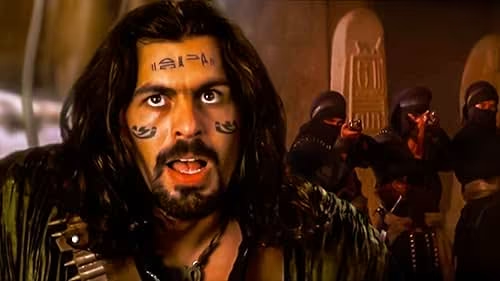
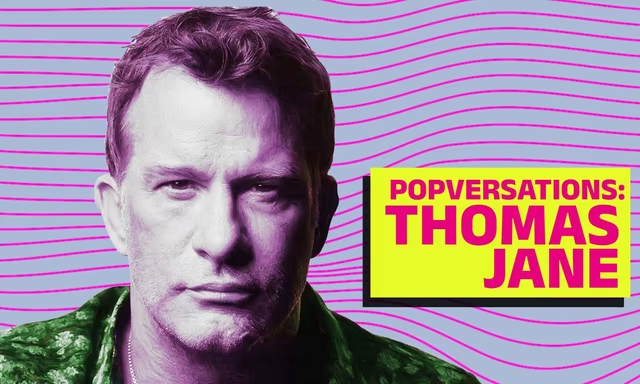

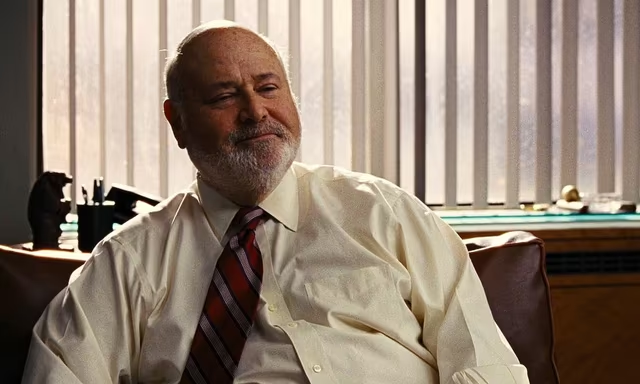


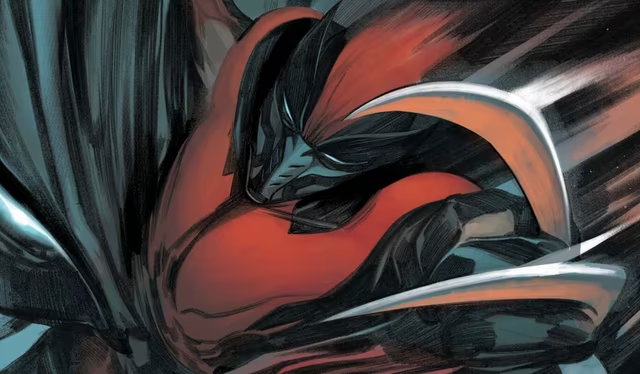
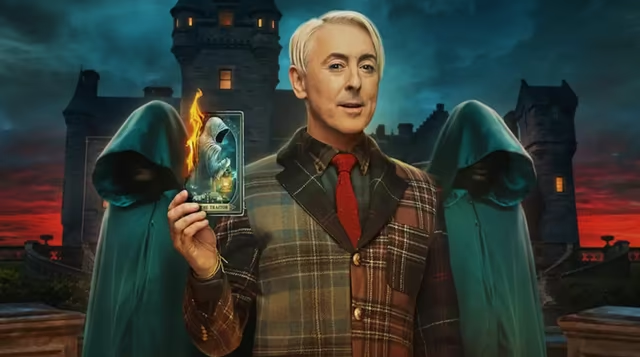






Comments
Want to join the discussion? Please activate your account first.
Visit Reedpop ID if you need to resend the confirmation email.